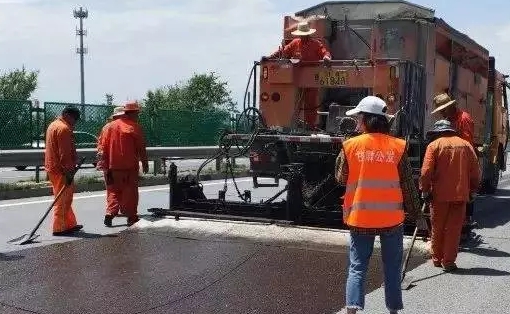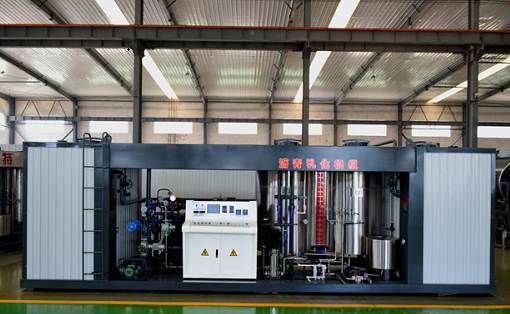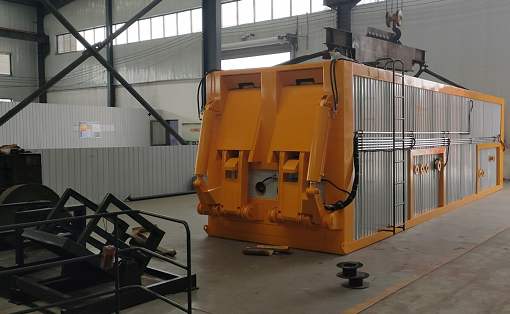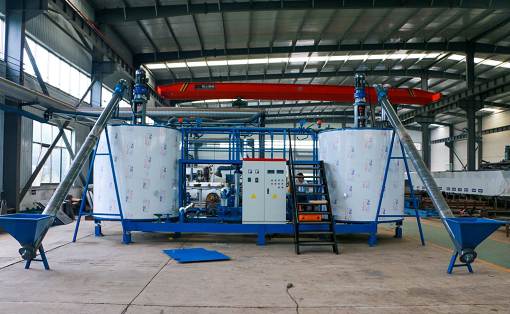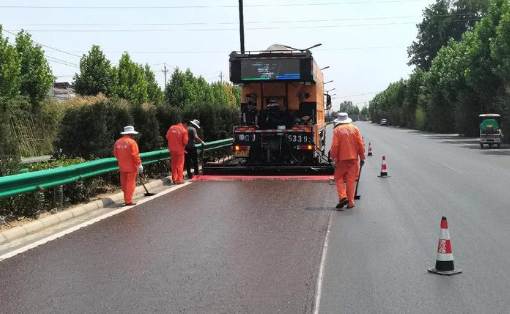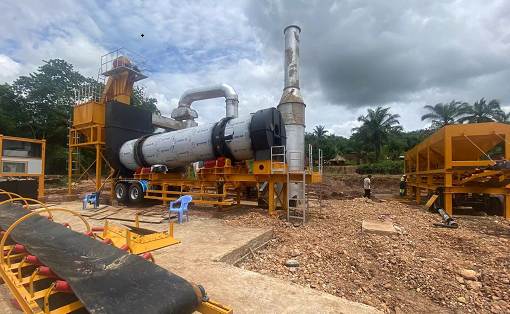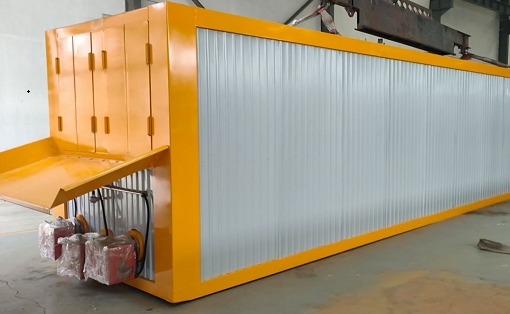The purpose and function of microsurfacing
Microsurfacing is a thin layer of overlay placed on old asphalt pavement and is a type of preventive maintenance process. The purpose of microsurfacing is road maintenance. After micro-surface paving, it can repair cracks in the original road surface, waterproof and beautify the road surface.
The construction method of micro surfacing is: using a micro surfacing paver to evenly spread modified emulsified asphalt, a certain grade of mineral materials, water and other additives on the road surface in a certain proportion.
Microsurfacing is a thin layer of overlay placed on old asphalt pavement and is a type of preventive maintenance process. The purpose of microsurfacing is road maintenance. After micro-surface paving, it can repair cracks in the original road surface, waterproof and beautify the road surface.
The construction method of micro surfacing is: using a micro surfacing paver to evenly spread modified emulsified asphalt, a certain grade of mineral materials, water and other additives on the road surface in a certain proportion.
The functions of microsurfacing are:
1.Anti-skid, micro-surface can effectively improve the anti-skid performance of the road surface and ensure driving safety.
2.The completion of micro-surface paving is equivalent to adding a wearing layer.
3.After micro-surface paving, the entire surface layer is increased with a waterproof surface to prevent water seepage and play a waterproof role.
4.Micro-surfacing is a preventive maintenance process. It is a thin layer laid on the basis of a certain degree of aging and looseness of the surface layer when the roadbed is intact. Its function is to prevent the pavement from continuing to age and loosen. Thereby effectively extending the service life of the road surface.
5.Rut paving repair can be carried out on the micro surface. Through rut repair construction, the smoothness of the road surface is improved, and the driving comfort of the road surface is effectively improved.
6.The aesthetics of the road surface have been improved after micro-surfacing construction.
In short, the purpose of micro-surfacing is to use a more convenient and fast construction method to maintain the surface. It can change the road condition, improve the road environment, replace the old appearance of the damaged road with a new look, and prevent the seriousness of the disease. Of course, there are many precautions for micro-surfacing construction. If the control is not good, there will be certain defects. There will be related articles for everyone to read and refer to. Please continue to follow us!

